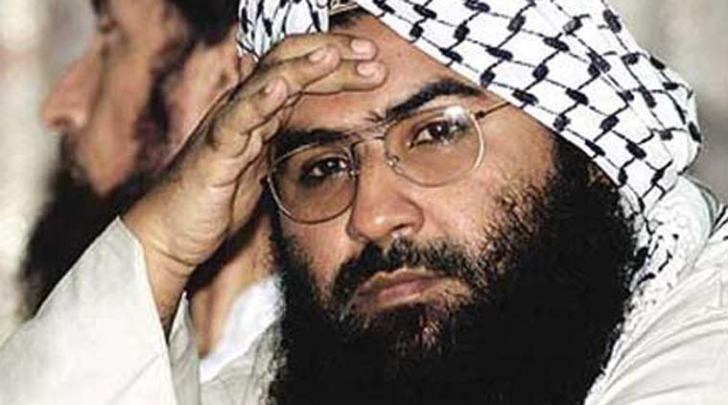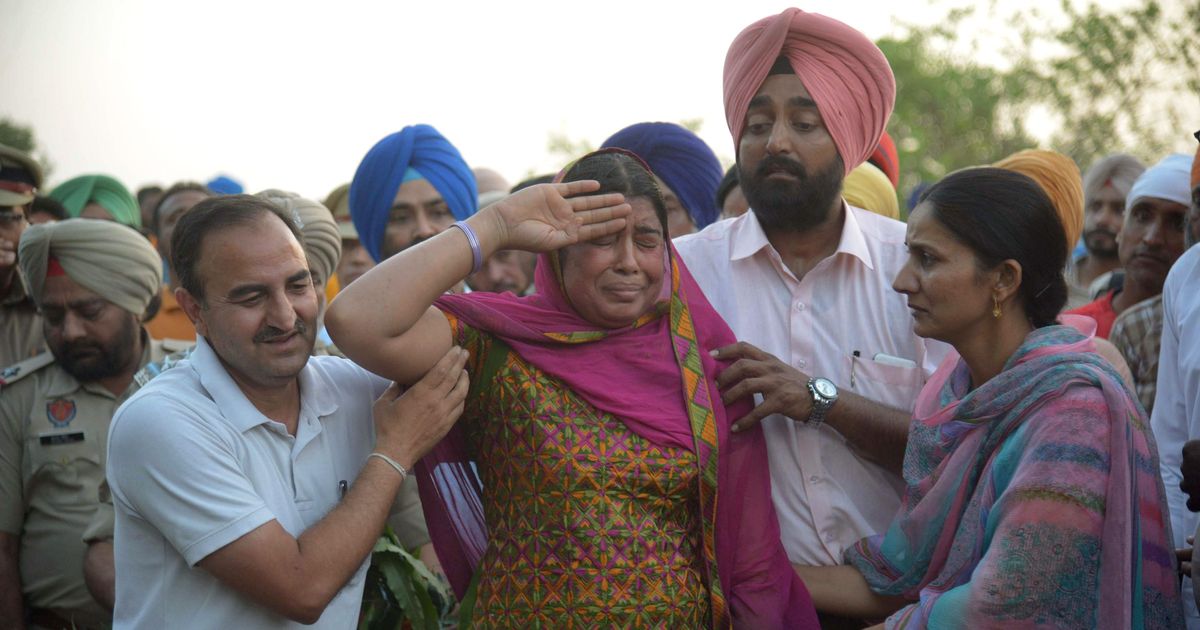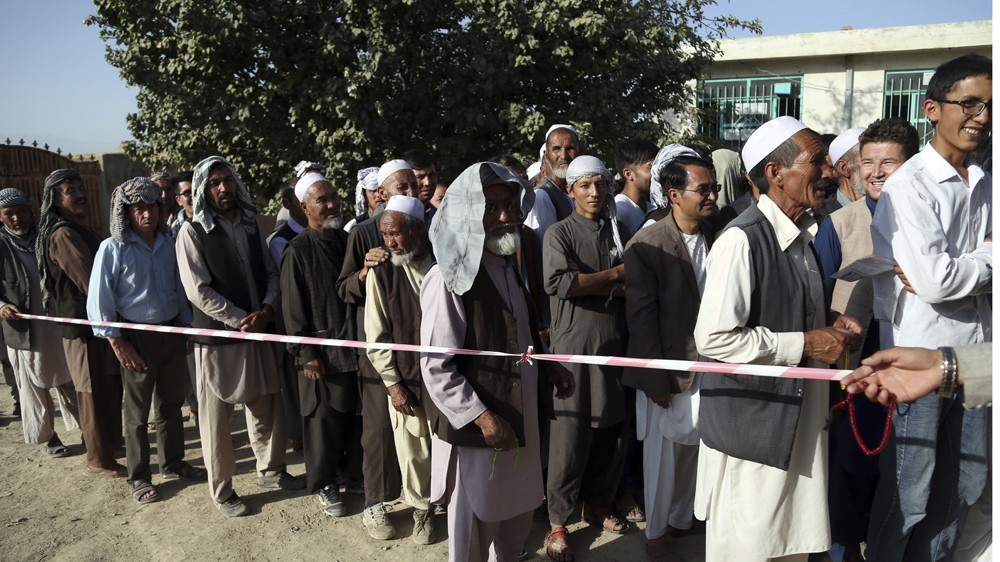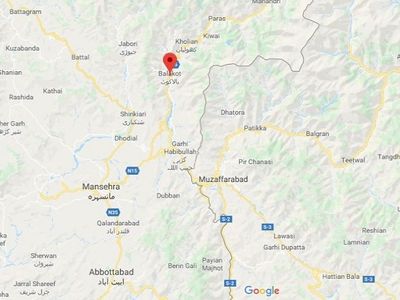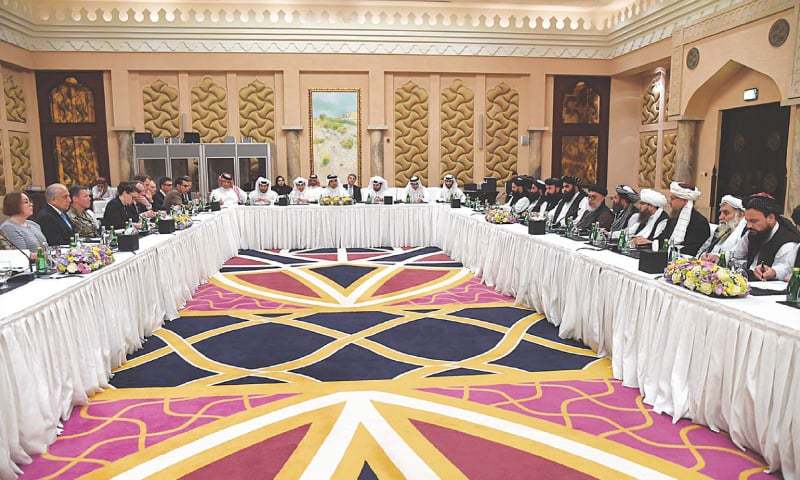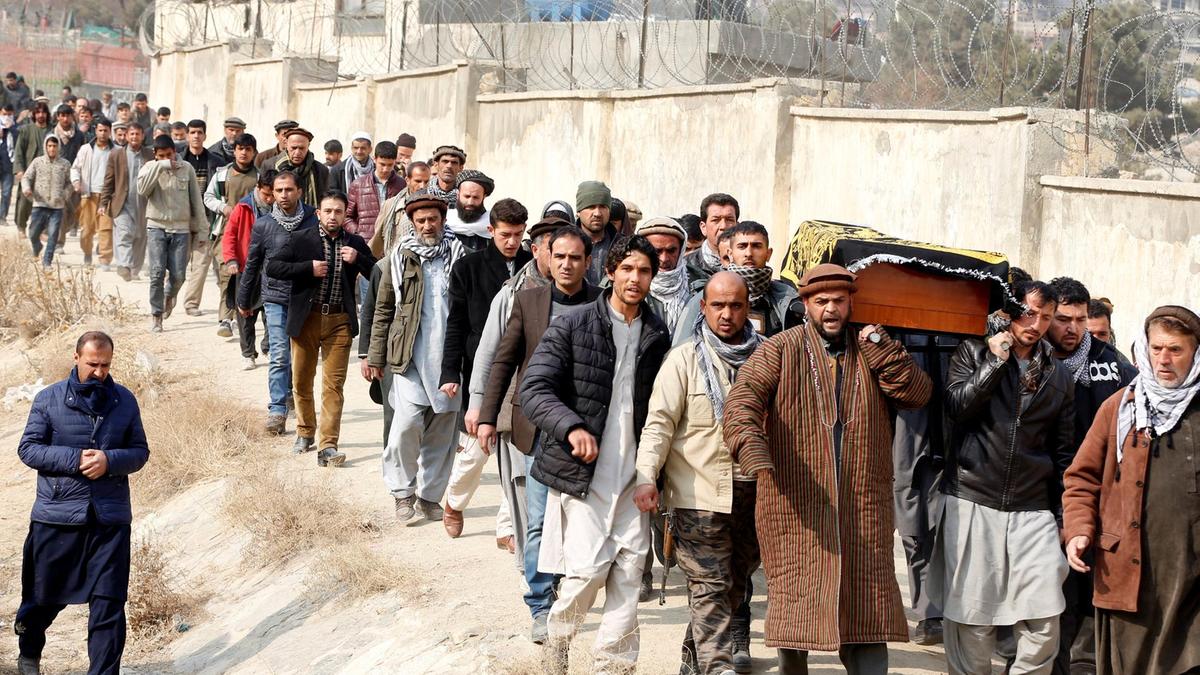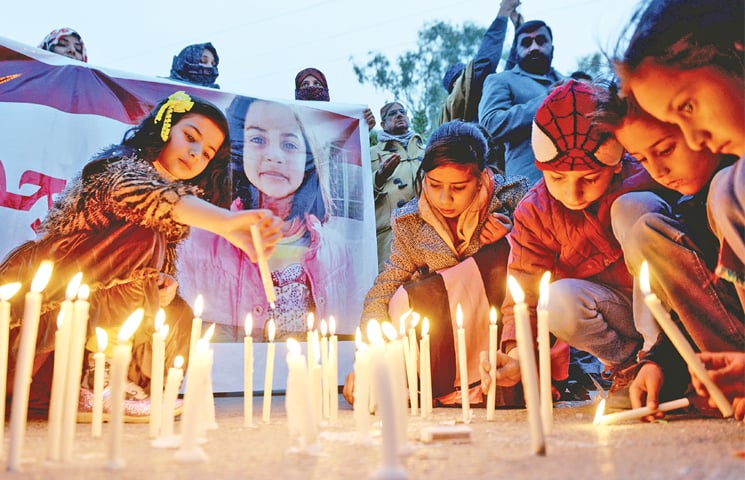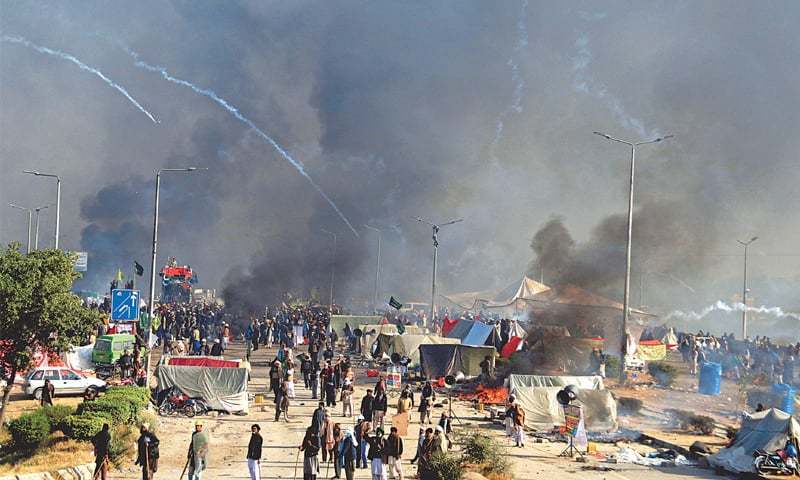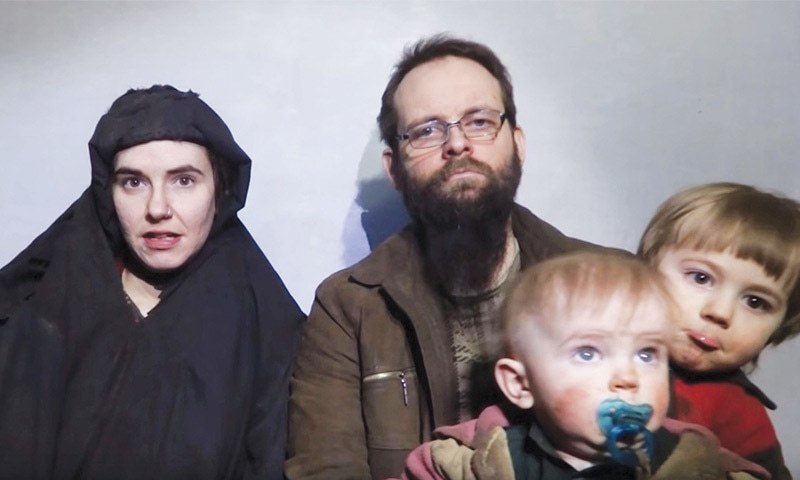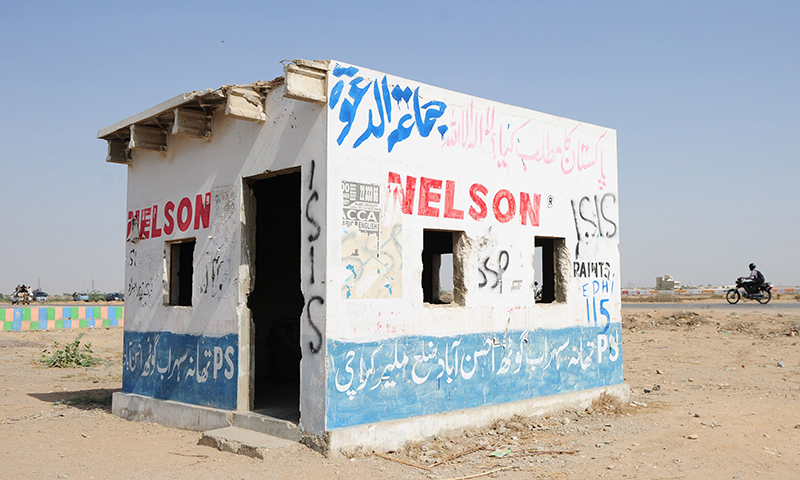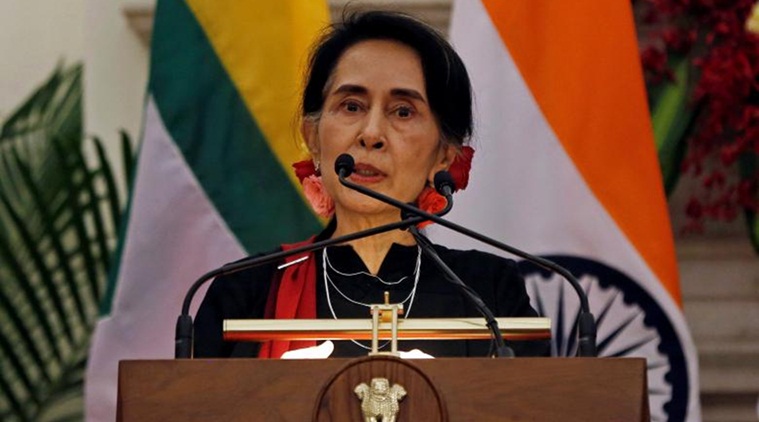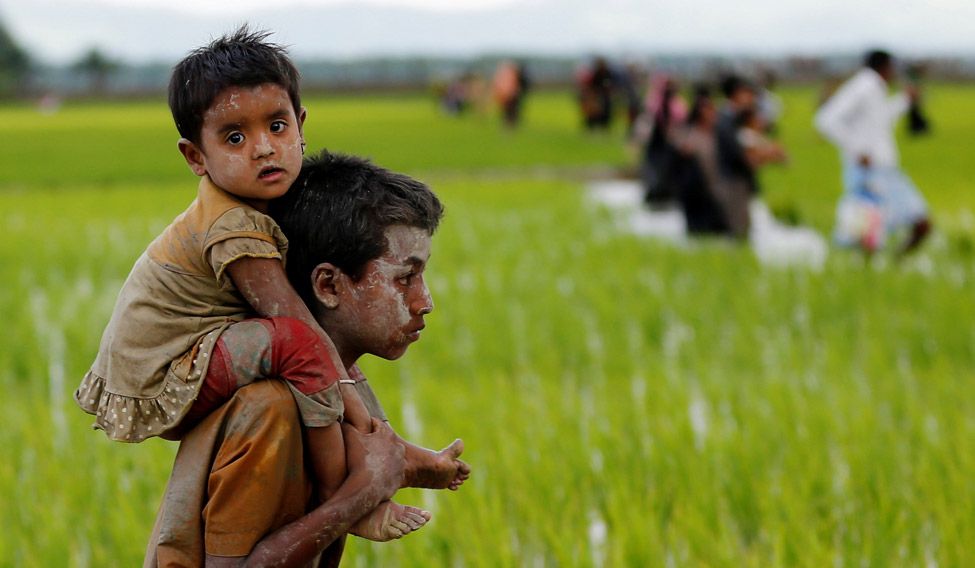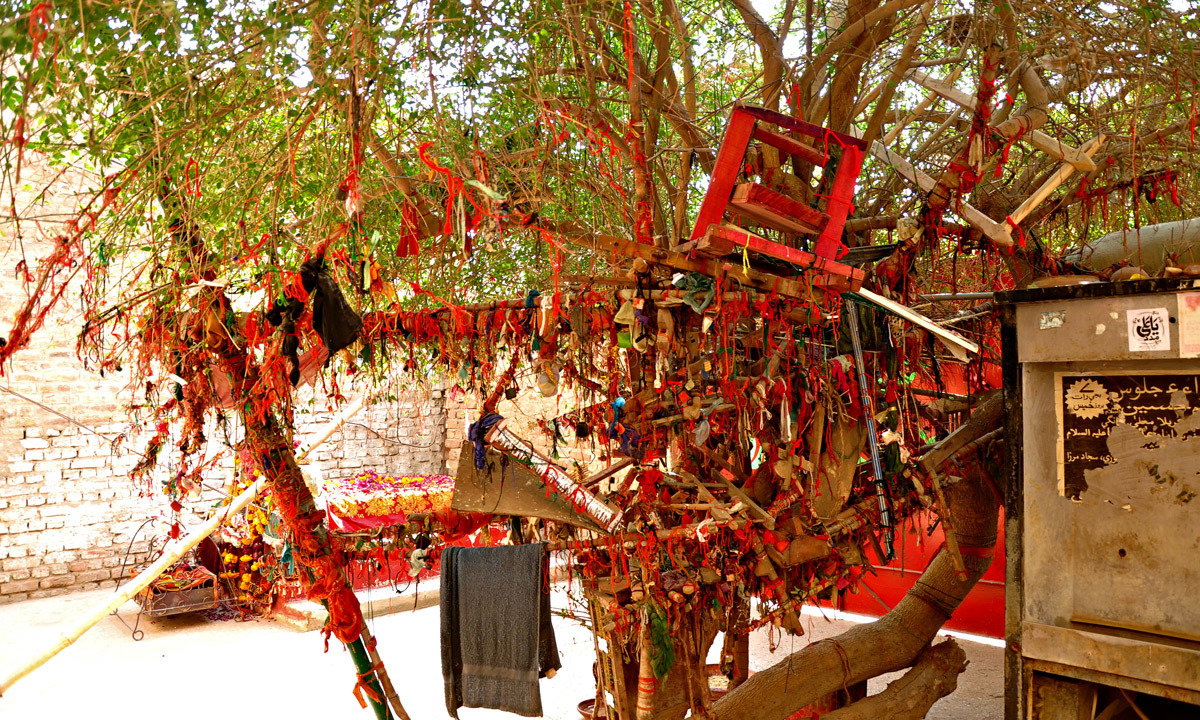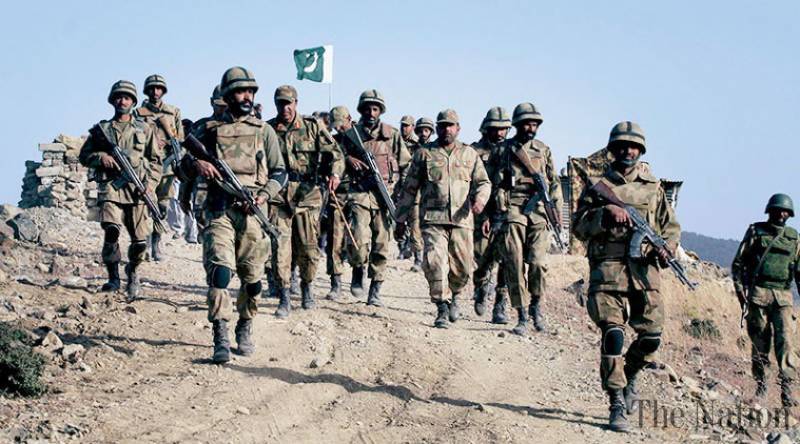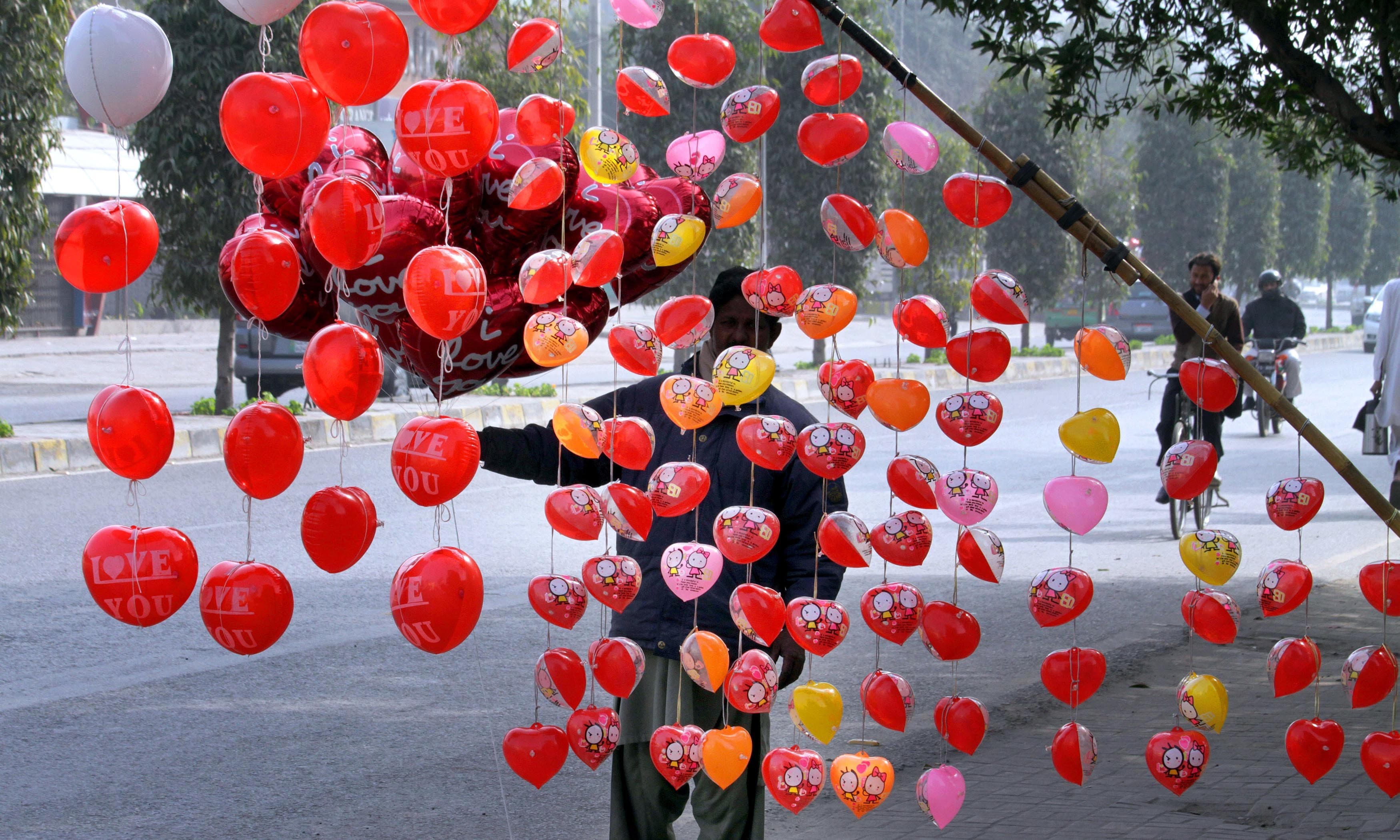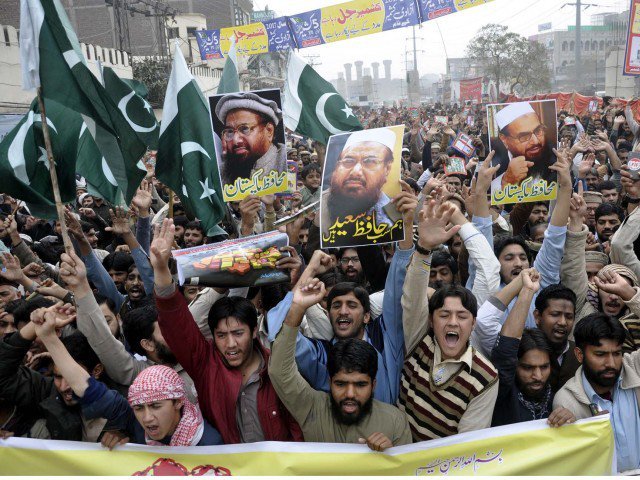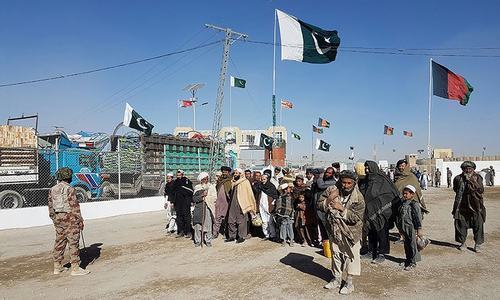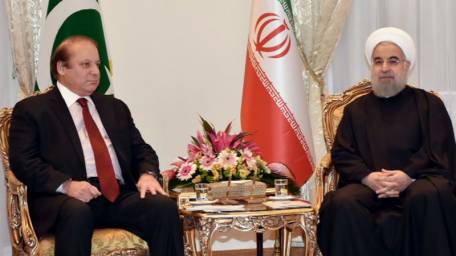D. Suba Chandran
Professor
International Strategic and Security Studies Programme (ISSSP)
National Institute of Advanced Studies (NIAS), Bangalore
There is an international focus on the phenomenon of foreign fighters today; thanks to the unprecedented attraction that the Islamic State in Syria and Iraq possess, there are foreign fighters expanding the size of the Islamic State from Central Asia, Europe and the Arab World. Though there have been reports of youths from South and Southeast Asia joining the Islamic State, the numbers are insignificant, when compared to the above three regions.
The issue of foreign fighters in Syria and Iraq raises another important question in South Asia – what about the foreign fighters from South Asia, fighting within the region? An interesting statistics in this regional phenomenon would reveal, of all the groups, it is mostly the Punjabi and Pashtun fighters, who have been known for fighting in other regions, primarily outside their area of domicile. There may be other fighters/groups in South Asia as well fighting in distant land; but the available literature indicates that there are more Pashtun and Punjabi fighters waging war elsewhere.
What makes the youths from Punjab and Khyber Paktunkwa (KPK) to travel a long distance to faraway places such as J&K and Afghanistan to wage jihad or fight someone else’s war? While for the pashtun fighters from KPK and the FATA belt, crossing the Durand Line may be relatively easier, what made them to cross the Line of Control (LoC) between India and Pakistan and fight in the Kashmir Valley in the late 1940s? What made the Afghans (primarily the Pashtuns) from West of the Durand Line to cross Pakistan and enter into J&K in the early 1990s? What enthused the Punjabi fighters of the Jaish-e-Mohammad, Lashkar-e-Jhangvi, Lashkar-e-Toiba to cross both the borders into India and Afghanistan? An equally interesting question should be, why not the Sindhis and Balochis from Pakistan do not join the jihad elsewhere? What prevents the fighters from Sindh and Balochistan to remain territorial, and what enthuses the fighters from Punjab and KPK to fight someone else’s War?
Any answer cannot strictly from the security field; it has to be an explanation based on sociological, anthropological and demographic studies. This commentary could only be a partial explanation, if not an insufficient one.
The Afghans (Pashtuns to be precise in this context), historically have been buoyed with a sense of jihad, much before the Mughals came into South Asia. From the days of Mahmud of Ghazni in tenth century and Mahmud of Ghuri later, jihad was used as a strategy for the multiple Afghan raids against the then Rajput kingdoms of North India. The passes of Khyber and Bolan acted more as a gateway, rather than a hindrance. This eastward raids of the Afghan Pashtuns continued till the British era; the multiple Angla-Afghan Wars and the names inscribed in the India Gate in New Delhi will reveal the nature and extent of the interactions across, what came to be later defined as the Durand Line.
The only other major intervention by the Pashtuns to fight someone else’s war or liberate another land came immediately after the partition of India and took place in J&K. There is enough literature today on the nature of this “tribal” raid in 1947 and the extent of support from Pakistan’s regular security forces.
The last of pashtun raids during the previous century on east of the Indus river, took place in the early 1990s, when there was a major ingress of the Afghan Pashtuns into India, primarily in the Kashmir Valley. The reasons for the Pashtuns from across the Durand Line to enter J&K in the 1990s certainly were different from the earlier attempts in 1940s and also almost ten centuries ago under the leadership of the Mahmuds of Ghazni and Ghur.
While it is easier to explain how and when, there cannot be an universal explanation for the “why” question. If the wealth of temples (real and exaggerated) in North India and the clever use of “jihad” phrase by the then raiders in the tenth and eleventh centuries played a role, the Pashtun ingress into J&K 1990s, was a well planned and calculated move by the State in Pakistan, especially its ISI. More than an inherent fervour of jihad, it was manipulation of the rulers or State institutions for a secular purpose – that had been the reason until now – from Mahmud of Ghazni in the tenth century to the ISI until recently.
Second, thanks to the Afghan Jihad of the 1980s, there were so many battle hardened fighters, buoyed by a “jihadi” spirit, though used more for a political purpose – overthrowing Russian troops from Afghanistan. In many ways, the Afghan Jihad of the 1980s totally transformed the jihadi fervour and sowed the seeds of multiple destructions in South Asia. While the US is fighting the monsters it created in the 1980s – from New York to Kobani, South Asia has become a playground.
Punjab would not have sucked into this whirlwind, had it not been the Afghan jihad, and the short-sightedness of the CIA and the ISI. Unfortunately for Punjab, during the 1980s, Zia ul Haq did create a favourable environment within Pakistan for the growth of sectarian sentiments; his initiatives to “Islamize” to gain legitimacy actually resulted in sectarian groups springing into action.
It is interesting to note in this context, what was sociologically abhorred – the tribal Sardar edifice in Balochistan and the feudal system in Sindh - played a role in keeping the society from radicalized. The local Mullah was a part of the feudal hierarchy in Sindh, while in Balochistan, the Sardars were expected to pray for the serfs as well. Besides the nationalist insurgencies in Sindh and Balochistan during this period did not provide the space for any radical onslaught. Quetta and Karachi – two major urban centers of Balochistan and Sindh became radicalised at a later stage. Even in this case, the manipulation of intelligence agencies was substantial, as they attempted to use a radical course to undermine the political narrative led by the MQM and the Balochi nationalists.
Back to Punjab, it is safe to conclude the rise of jihadis was a post Zia and post Afghan Jihad phenomenon. Had it not been the Islamization process of Zia and the Iran-Pakistan Cold War along the Shia-Sunni sectarian lines, the Punjabi fighters would not have become a phenomenon today. Two developments took place simultaneously within Punjab during the 1980s. The violent eruption of sectarian violence and the emergence of sectarian organizations such as the Sipah-e-Sahaba and the Lashkar-e-Jhangvi, and the birth of the Lashkar-e-Toiba. Whether the State in Pakistan had a direct role in its birth or not, it did play a substantial role in pushing them outside Punjab to fight elsewhere. The sectarian militants of Punjab belonging to the SSP and LeJ also became a part of the Harkat-ul-Mujahideen and later the Jaish-e-Mohammad.
A follow up explanation could be the relationship between the groups and the Establishment. Neither the Sindhi nor the Balochi groups trusted/trust the Pakistani Establishment and vice-versa. On the contrary Punjab and KPK became a primary recruitment ground for the Establishment to exploit the groups and individuals to achieve its own goals in Afghanistan and India. The successful abuse of jihad as a strategy against the Soviet troops by the ISI gave an opportunity for the latter to try a similar strategy against India. J&K became an easy target, for there was a cause, and also a geographic proximity. Like Turkey’s proximity to Syria and Iraq, the control of Mirpur and Muzaffarabad provided an easy access for the Punjabi fighters to pour and get pushed into J&K.
If the State has its own reasons to push the fighters elsewhere, what makes the latter to go elsewhere and fight? Why would a Punjabi fighter cross the LoC into Kashmir Valley or the Durand Line into Afghanistan, to wage a war in another land, where the language, climate, culture and food habits are different?
There are more questions than answers. The above could only be a partial or even an insufficient explanation. We need to find the answers for above questions; or perhaps, we first need to ask the right questions on this issue.
